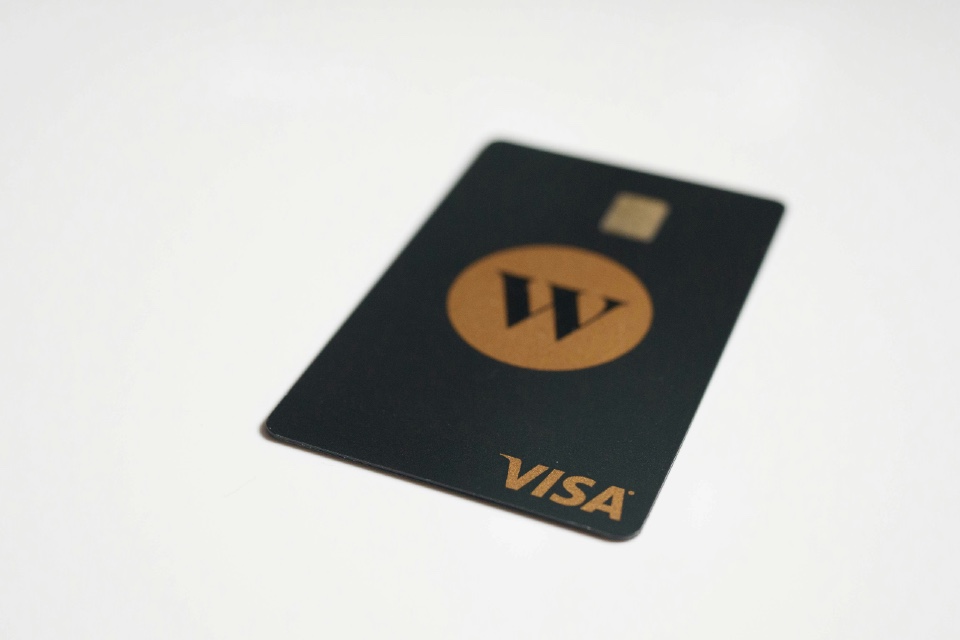VISA and Worldpay collab to improve payment security CX

Worldpay has expanded its partnership with Visa to enhance the latter’s 3D Secure (3DS) solution, which can help merchants reduce fraud while reducing consumer friction and boosting authorisations. By passing through authentication data to the issuer, the partners say merchants in the US using 3DS Flex from Worldpay can enhance payments security and shopper experience […]
VISA bets on Payment Tokens as the future of cards

Visa has unveiled new products and services that it says will ‘revolutionise’ the payment card and address the future needs of businesses, merchants and consumers and the financial institutions that serve them. At its big launch event in San Francisco Jack Forestell, Chief Product and Strategy Officer at Visa, said: “The industry is at a […]
Visa delivers new Click-and-Mortar’ solutions

Visa has unveiled new solutions for merchants who serve the new fast-growing segment of ‘Click-and-Mortar’ shoppers, who rely on digital features to shop both online and in-store. “The payments sector has made significant strides in simplifying the consumer shopping experience. In doing so, the payments ecosystem has become more complex and fragmented for sellers — […]
Visa highlights AI threat in latest data

Visa’s latest Biannual Threats Report highlights a ‘significant’ rise of phishing schemes proliferated through generative AI tools, and a marked increase in enumeration and ransomware. While the global fraud rate trended lower than normal expected fraud levels during the report’s time period (January – June 2023), Visa shared that it helped to proactively block $30 […]

